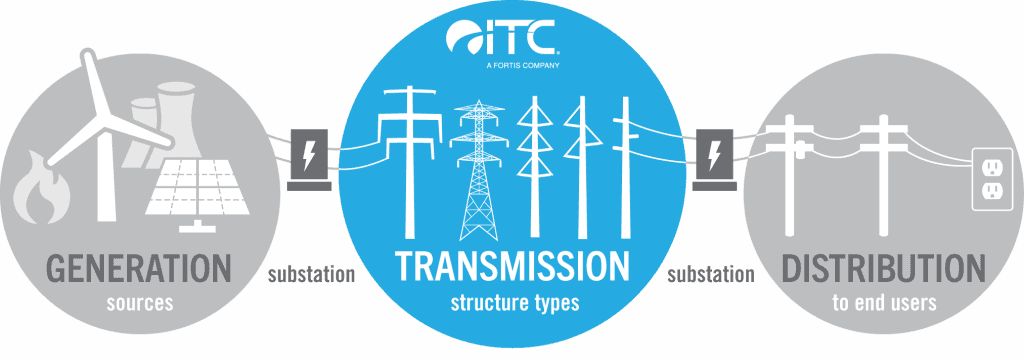The concept of remote work or remote employment has rapidly evolved, particularly in the wake of global shifts necessitated by the recent pandemic. While some companies have eagerly adopted this new way of working, others remain skeptical. As the trend continues to gain traction, it’s essential to weigh the pros and cons of working remotely to understand its impact on both employees and employers. So, are you ready to know What Setbacks and Upsides Await You in Remote Employment? Keep reading until the end to find out.
1. Remote Employment Upsides: A blessing in disguise
Remote work, once a novelty, has become a necessity for many. While the transition may have its challenges, it also presents numerous opportunities and plus points. Let’s discuss some shortly:
Upside No.1: Flexibility and Work-Life Balance
One of the most significant advantages or upsides of remote employment is the flexibility it offers. Employees can structure their workday around personal commitments, leading to a better work-life balance. This flexibility is especially beneficial and significant upside for those with families or other responsibilities, allowing them to manage their time more effectively.
Upside No.2: Say Goodbye to Commuting
Another upside of remote employment is the elimination of the daily commute. Commuting can be time-consuming and stressful, often leading to burnout. By working remotely, employees save both time and money, which they can redirect towards more productive or fulfilling activities. Additionally, the reduction in commuting helps decrease an individual’s carbon footprint, making remote work an environmentally friendly option.
Upside No.3: Hire the Best Talent Anywhere Globally
Remote work also allows for a broader talent pool. Companies are no longer restricted by geographical location when hiring, enabling them to access the best talent worldwide. This diversity can lead to a more innovative and dynamic workplace, as different perspectives and ideas come together.
Upside No.4: Enhance Focus and Results
Furthermore, many remote employees report increased productivity. The absence of office distractions, such as impromptu meetings or socializing, allows employees to focus more on their tasks. This productivity boost can lead to higher job satisfaction and better overall performance.
2. Remote Employment Setbacks: Is the Grass Greener on the Other Side?
It is important to acknowledge that remote employment, often romanticized as a dream job, can have its downsides. So before giving your final thought on remote work, let’s explore the potential setbacks and consider if they outweigh the benefits for you.
Setback No.1: Lack of Social Interaction
Despite its advantages, remote employment comes with its own set of challenges. One of the primary concerns is the lack of social interaction. Working from home can be isolating, as employees miss out on the camaraderie and spontaneous interactions that occur in a traditional office setting. This isolation can lead to feelings of loneliness and disengagement, which may impact mental health and job satisfaction.
Setback No.2: Blurred Work-Life Boundaries
Another issue is the blurred boundaries between work and personal life. Without a clear separation between the two, employees may find themselves working longer hours or struggling to switch off after the workday ends. This lack of distinction can lead to burnout and decreased productivity over time.
Setback No.3: Unexpected Financial Risks
A significant financial setback associated with remote employment is the temptation to take on too much debt due to the convenience of online shopping. With more time spent at home, many remote workers may find it easier to justify unnecessary purchases, leading to increased debt.
This issue is compounded by the availability of easy credit and the constant barrage of online ads. Fortunately, debt relief solutions are available, and Alex Kleyner has more on this, offering insights into managing debt relief programs.
Setback No.4: Technical Requirements for Remote Work
Additionally, remote employment requires a reliable internet connection and a suitable workspace. Not all employees have access to these, leading to potential disparities in performance and job satisfaction. Companies may need to provide additional resources or support to ensure all employees can work effectively from home.
Final Thoughts on Remote Employment Setbacks and Upsides:
Now that you’ve learned What Setbacks and Upsides Await You in Remote Employment, we can conclude that working remotely offers a range of benefits, from increased flexibility to reduced environmental impact. However, it also presents challenges, such as isolation, blurred work-life boundaries, and potential financial pitfalls.
By understanding both the upsides and downsides, employees and employers can make informed decisions about whether remote work is the right fit for them. Balancing these factors will be key to maximizing the benefits of remote employment while mitigating its drawbacks.
Want to learn more about the latest business and technological trends? Visit MITechnews.com
FAQs:
1. Is remote employment a good fit for everyone?
While remote work offers many benefits, it’s important to consider your individual preferences and work style. Some people thrive in a structured office environment, while others prefer the flexibility of remote work.
2. How can I overcome the feeling of isolation when working remotely?
To combat isolation, try scheduling regular virtual meetings with colleagues, joining online communities, and taking breaks to interact with friends and family.
3. What are the technical requirements for remote employment?
Reliable internet connection
Suitable workspace
Necessary software or tools for your job
4. How can I ensure my privacy and security while working remotely?
Use strong passwords, enable two-factor authentication, and be cautious about sharing personal information online.
5. What is the future of remote employment?
Remote work is likely to continue growing in popularity as more companies recognize its benefits. However, a hybrid approach combining remote and in-office work may become the norm.







